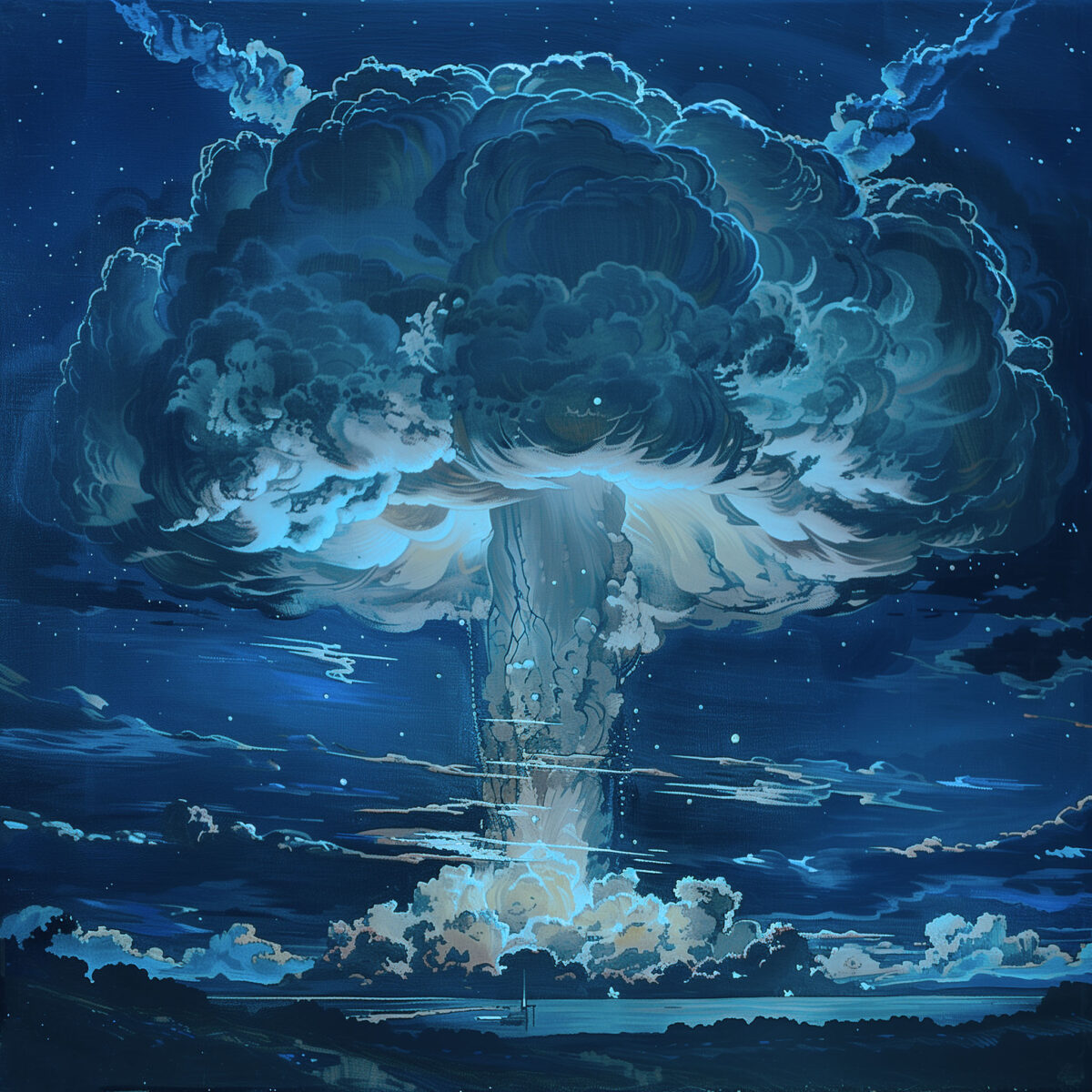After the successful capture of Okinawa, the Allies turned their attention toward the mainland Japan. The long, drawn-out, heavy fighting in the Pacific islands, particularly in Okinawa, caused many to worry about the amount of casualties that would be suffered over
Since 1939, the United States had been working on a secret weapon—the atomic bomb—initially with an eye towards using it on Nazi Germany, and after hearing that Hitler himself was working on a nuclear weapon. However, the Nazis had surrendered in May 1945, yet fighting in the Pacific continued on as the Japanese refused to surrender. Japanese Emperor Hirohito appealed to the general public to take up arms, preparing for the inevitable U.S. invasion. But successful tests of the atomic bomb gave Allied planners the chance to end the war without sending men in.
The bomb was delivered to the 509th Composite Group on Tinian by the heavy cruiser USS Indianapolis(CA 35). On August 6, 1945, Colonel Paul Tibbets flew a B-29 Superfortress named the Enola Gay on the first mission to drop a atomic bomb. On August 6, 1945, the first one was dropped on the city of Hiroshima was devastated by the “Little Boy.” The bomb was estimated to have a yield of 15 kilotons, and killed approximately 80,000 people.
Three days later, Major Charles Sweeney flew a borrowed B-29, Bock’s Car, on the second mission, targeting the city of Kokura. But bad weather forced Sweeney to hit the city of Nagasaki instead. The “Fat Man” bomb unleashed massive devastation on that city, killing nearly 70,000.
Shortly after, on August 12, fearing further loss of life and devastation, Hirohito agreed to surrender to the Allies. Japan formally signed the terms of surrender on Sepetmeber 2, 1945, officially marking the end of the war.





